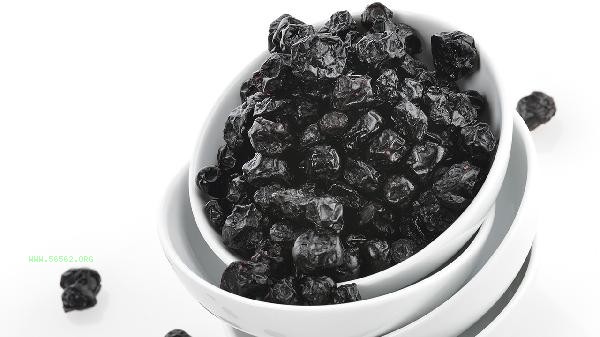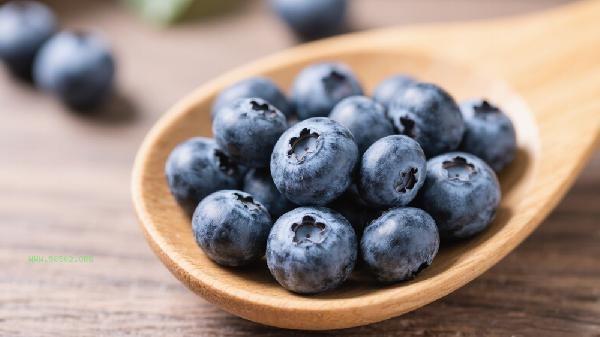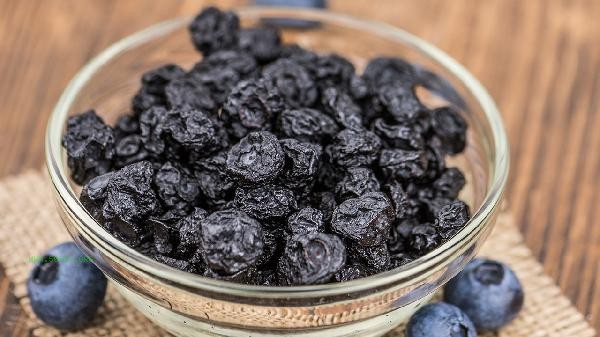Choosing high-quality blueberries can be comprehensively judged from five aspects: appearance, texture, aroma, completeness of fruit powder, and packaging conditions.

1. Appearance
Mature blueberries should present a uniform deep blue or purple black color, with smooth and wrinkle free skin. The natural white frost on the surface of the fruit is a sign of freshness. Avoid choosing fruits with damaged skin, mold, or brown spots. The fruit stem should be green and tightly attached to the fruit. Dried and fallen fruit stems may have been stored for too long.
2. Touch
Fresh blueberries should be full and elastic, and the tightness of the flesh can be felt when lightly pinched. Soft fruits may be overripe or spoiled, while hard fruits may not be fully ripe. Shaking the packaging box does not produce a noticeable rolling sound, indicating that the fruit has sufficient moisture and has not lost or shrunk.
3. Odor
High quality blueberries have a fresh fruity aroma and no fermented or sour notes. If there is an odor inside the packaging box, it may indicate that some fruits have already rotted. The aroma of wild blueberries is usually stronger than that of cultivated varieties.

4. Fruit Powder
The naturally secreted white fruit powder on the surface is an important indicator of blueberry freshness and has a protective effect on the fruit. Although blueberries that have been manually wiped may sell well, they are more susceptible to damage during transportation. When making a purchase, priority should be given to selecting batches of fruit powder that have been fully preserved.
5. Packaging
Breathable plastic boxes can reduce compression damage, and the absence of juice leakage at the bottom of the box indicates proper transportation and storage. Check the packaging date, blueberries stored in refrigeration can have a shelf life of up to two weeks. Organic certified products need to be checked for complete traceability labeling. Blueberries are rich in anthocyanins and vitamin C, and consuming 20-30 per day can meet nutritional needs. Blueberries that are not consumed immediately after purchase are recommended to be refrigerated and washed gently with running water to avoid nutrient loss. If soft or hairy fruits are found, they should be picked out in a timely manner to avoid contaminating other fruits. The nutritional value of frozen blueberries is similar to that of fresh blueberries, making them suitable for making milkshakes or baked goods. Special groups such as diabetes patients need to control their single intake, and it is recommended to use yogurt to delay sugar absorption.









Comments (0)
Leave a Comment
No comments yet
Be the first to share your thoughts!